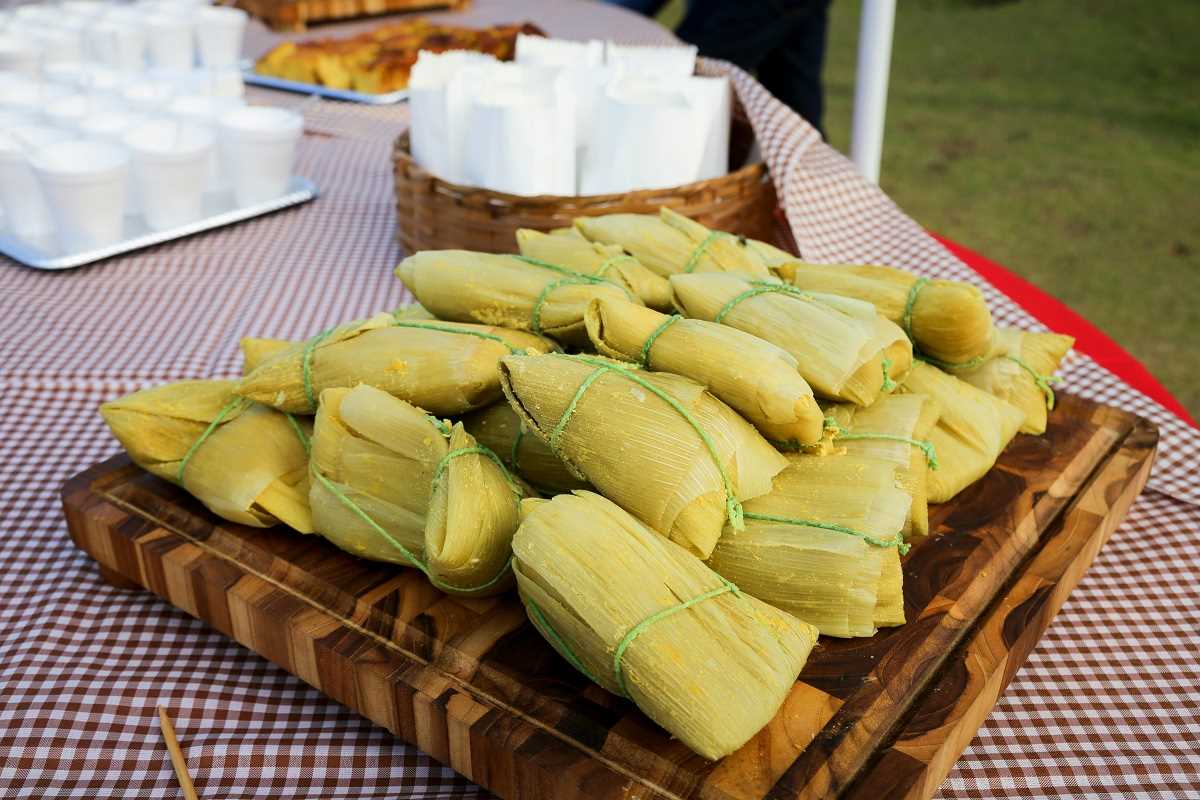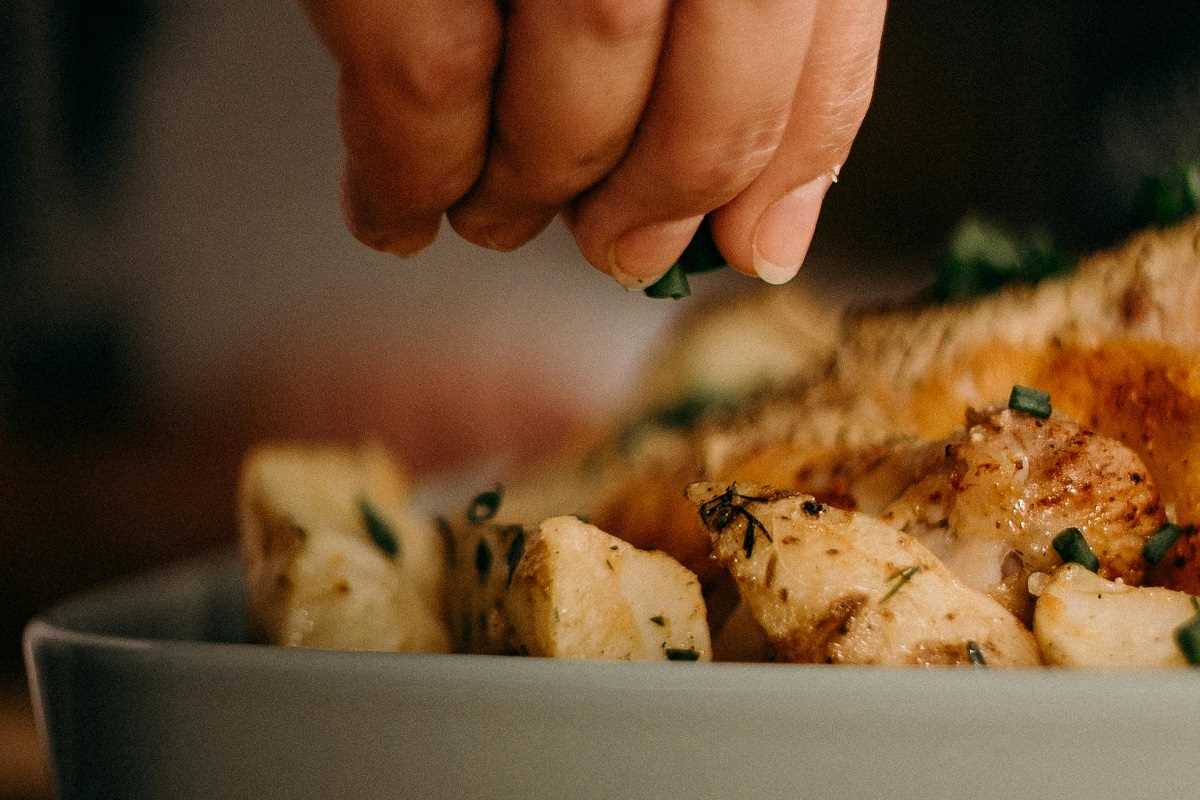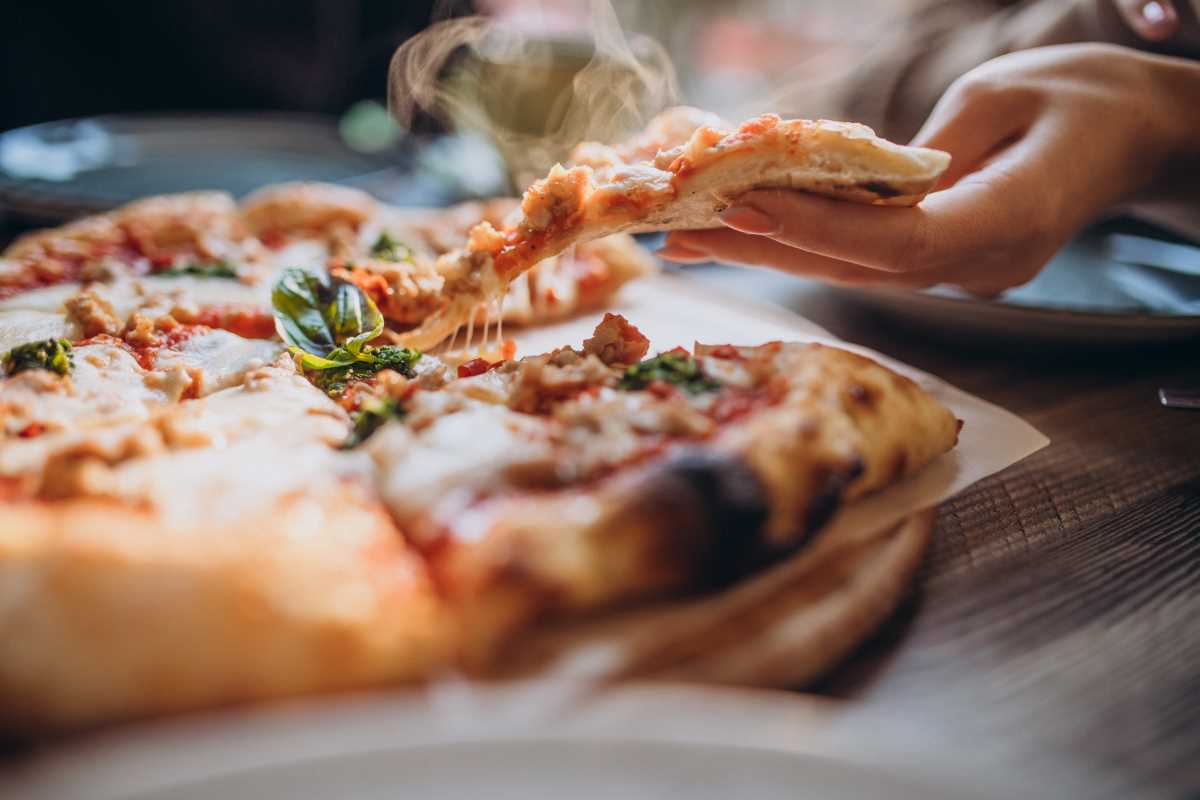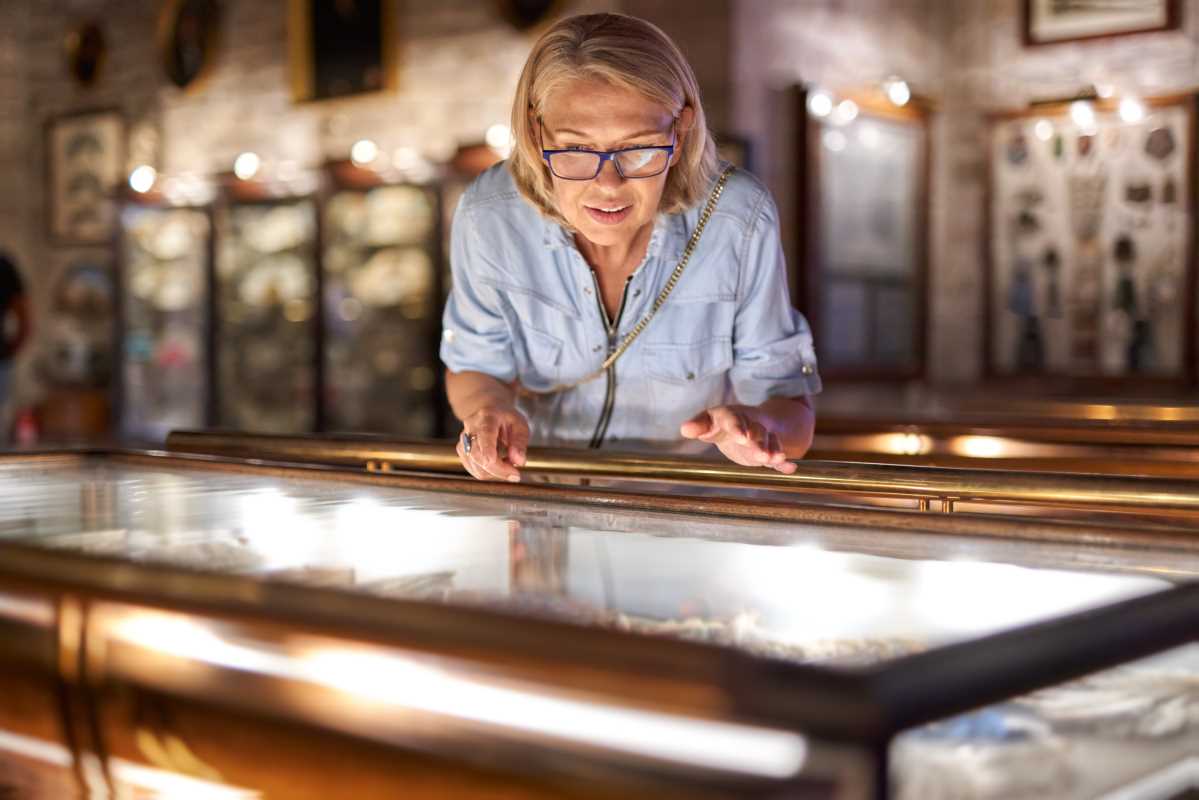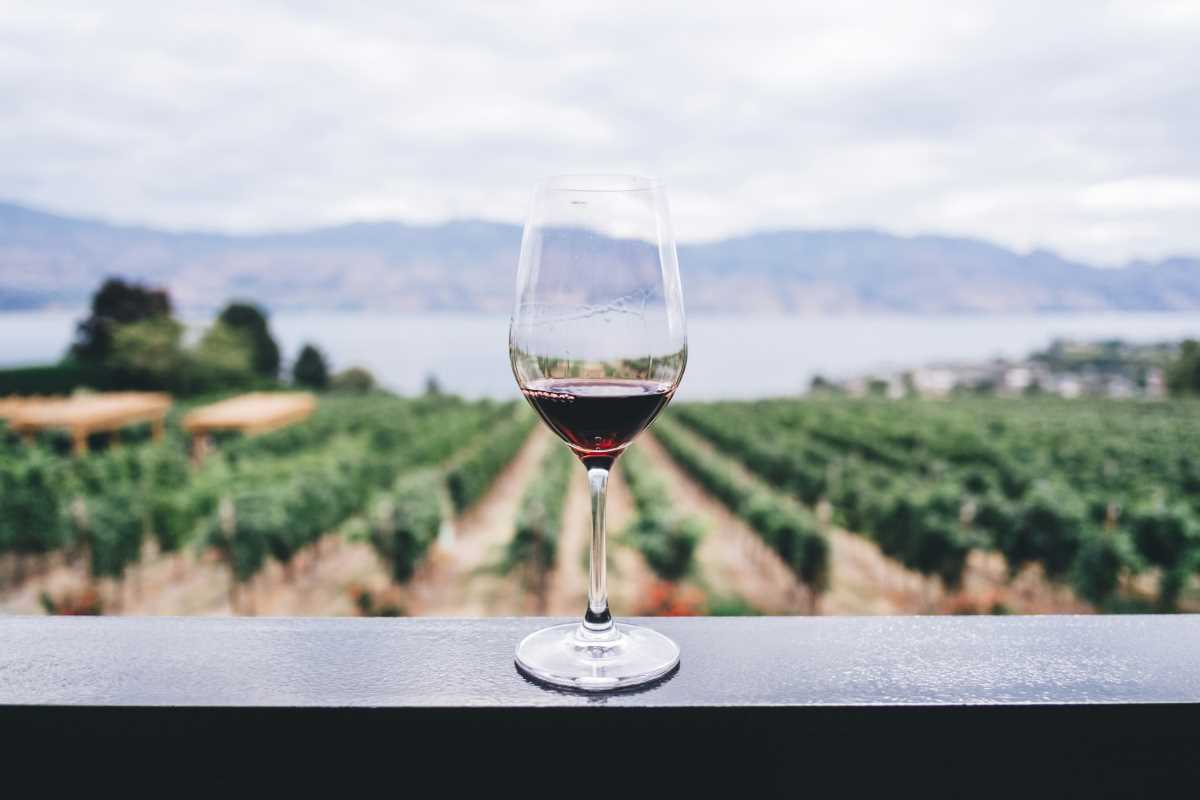Sunlight filters through the trees as you wander into a forest filled with intriguing flavors waiting to be discovered. Begin by exploring areas rich with dense undergrowth and a variety of plants to plan your foraging path. Gather a few basic tools and review local rules so you collect only what’s safe and permitted. Connect with an experienced guide who can point out edible finds concealed under ferns and moss, turning your walk into an adventure packed with new tastes and knowledge about the natural world. Every step brings a new opportunity to uncover the secrets of the forest floor.
Rediscovering local wild flavors
Knocking on the door of a hidden grove turns a routine walk into a taste expedition. You’ll notice how identifying bright yellow mushrooms sparks curiosity and respect for that ecosystem’s balance. By learning to distinguish subtle scent notes, you’ll unlock layers of aroma previously overlooked. This approach offers more than a snack—it deepens your sense of place and connection with the earth’s pantry.
When you explore edible plants with fresh eyes, you develop a new appreciation for the landscape’s rhythms. Observing how a cluster of berries ripens under dappled shade invites you to slow down and savor small moments. Every find becomes a story: the nettle that tingles on your fingers, the sweetness hiding inside a wild apple. You’ll depart with personal insights, armed to share this knowledge at home.
Connecting Through Shared Edible Histories
Every trail contains layers of human and ecological stories that come alive when you taste a forest’s undergrowth. Instead of reciting nutritional facts, a guide might recount how locals once brewed herbal teas to celebrate seasonal shifts. You’ll see how each edible leaf played a role in cultural ceremonies, food preservation or even medicinal remedies. This storytelling creates a vivid tapestry that links you directly to the land’s heritage.
As you crouch by a streambank to harvest watercress, you’ll learn how yesterday’s wild salad shaped community gatherings. The act of picking roots or blossoms becomes a tactile lesson in patience and observation. Small rituals—like smelling a pinched mint leaf before eating—remind you to engage all senses. By weaving history into each bite, a simple snack transforms into living lore.
Step-by-Step Foraging Guidance
- Plant Identification – Avoid harmful look-alikes by learning plant markers.
- Steps:
- Use a field guide and magnifying glass.
- Compare multiple plant samples side by side.
- Photograph or sketch key features.
- Cost: Free with library guides; low-cost printed options.
- Insider Tip: Check under leaf veins for tiny hairs—often a warning of toxic varieties.
- Steps:
- Season Mapping – Time excursions for peak growth windows.
- Steps:
- Consult seasonal calendars online or via community gardens.
- Track temperature and rainfall trends.
- Record observations in a notebook or spreadsheet.
- Cost: Free if using public weather resources.
- Insider Tip: Plot sunrise/sunset to maximize safe daylight hours.
- Steps:
- Tool Preparation – Gather equipment to harvest without damaging finds.
- Steps:
- Sharpen or check serrated knife edges.
- Wash and air-dry baskets to prevent mold.
- Label cloth bags to separate flavors.
- Cost: Under $50 for a basic kit.
- Insider Tip: Clip a wide-brim hat to the basket handle for tool storage and free hands.
- Steps:
- Site Etiquette – Harvest sustainably while respecting the land.
- Steps:
- Learn local rules for public/private land.
- Stay on trails to avoid erosion hotspots.
- Detach mushrooms with soft tugs, not forceful pulls.
- Cost: Free—just awareness and care.
- Insider Tip: Use a small towel to clean stems on-site, keeping baskets free of dirt.
- Steps:
- Storage Techniques – Keep foraged items fresh until cooking.
- Steps:
- Air-dry on uncoated parchment.
- Or store in a cooler with gel packs.
- Label jars with harvest date and location.
- Cost: Under $20 for reusable containers.
- Insider Tip: Add a sprig of herb to jars for gentle aromatic infusion.
- Steps:
Getting ready for the trail
- Identify water sources: Find clean streams or lakes in advance for hydration and check with local conservation advisories.
- Secure permits: Obtain any necessary foraging permits through municipal offices or nature reserves.
- Dress appropriately: Wear breathable fabrics that protect against thorns, ticks and sun, and sturdy shoes for uneven terrain.
- Pack snacks: Bring simple fuel like nuts and fruit to keep your energy up without depending on roadside stops.
- Share your plan: Leave a brief route note with a trusted person to get prompt support if needed.
These steps prepare you to arrive relaxed, focused and eager to explore nature’s hidden pantry.
Expert Advice to Improve Your Foraging Experience
Follow your guide’s cues and move slowly to notice subtle plant or mushroom details without disturbing wildlife. Taste-test cautiously, starting small, and share impressions with your group to learn together. Keep a journal of plants, conditions, and sketches to build lasting knowledge. With mindful practice, foraging becomes both an educational and deeply rewarding experience.
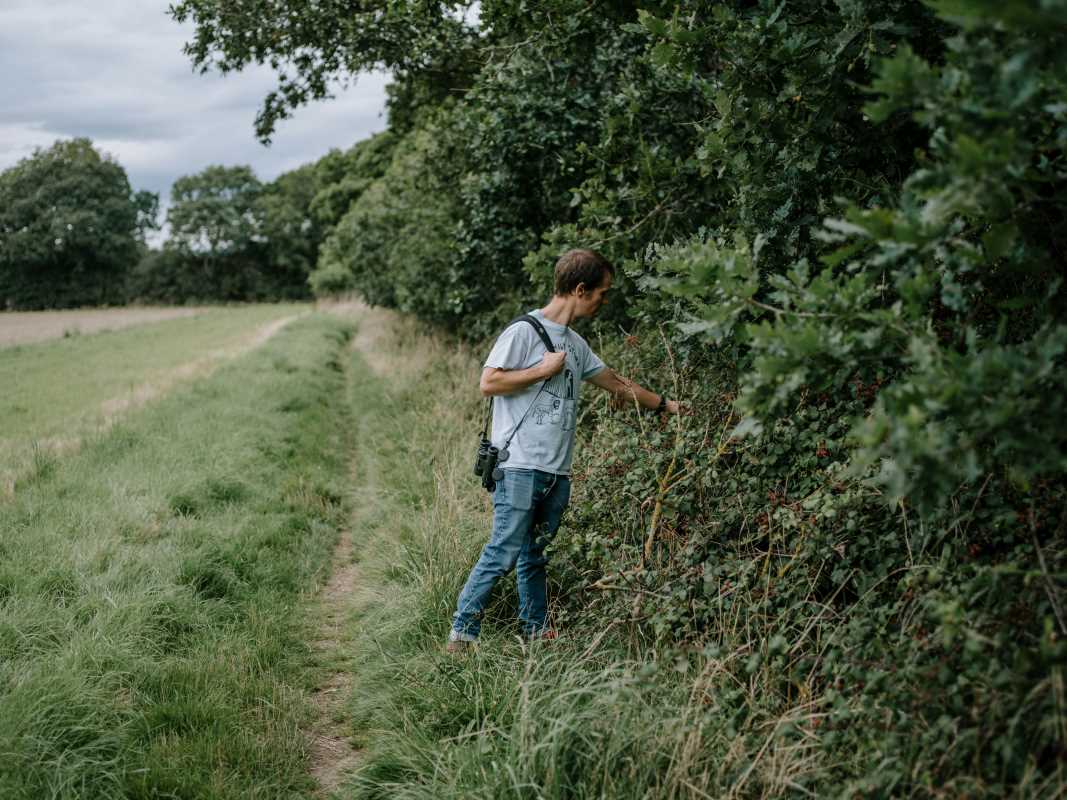 (Image via
(Image via

